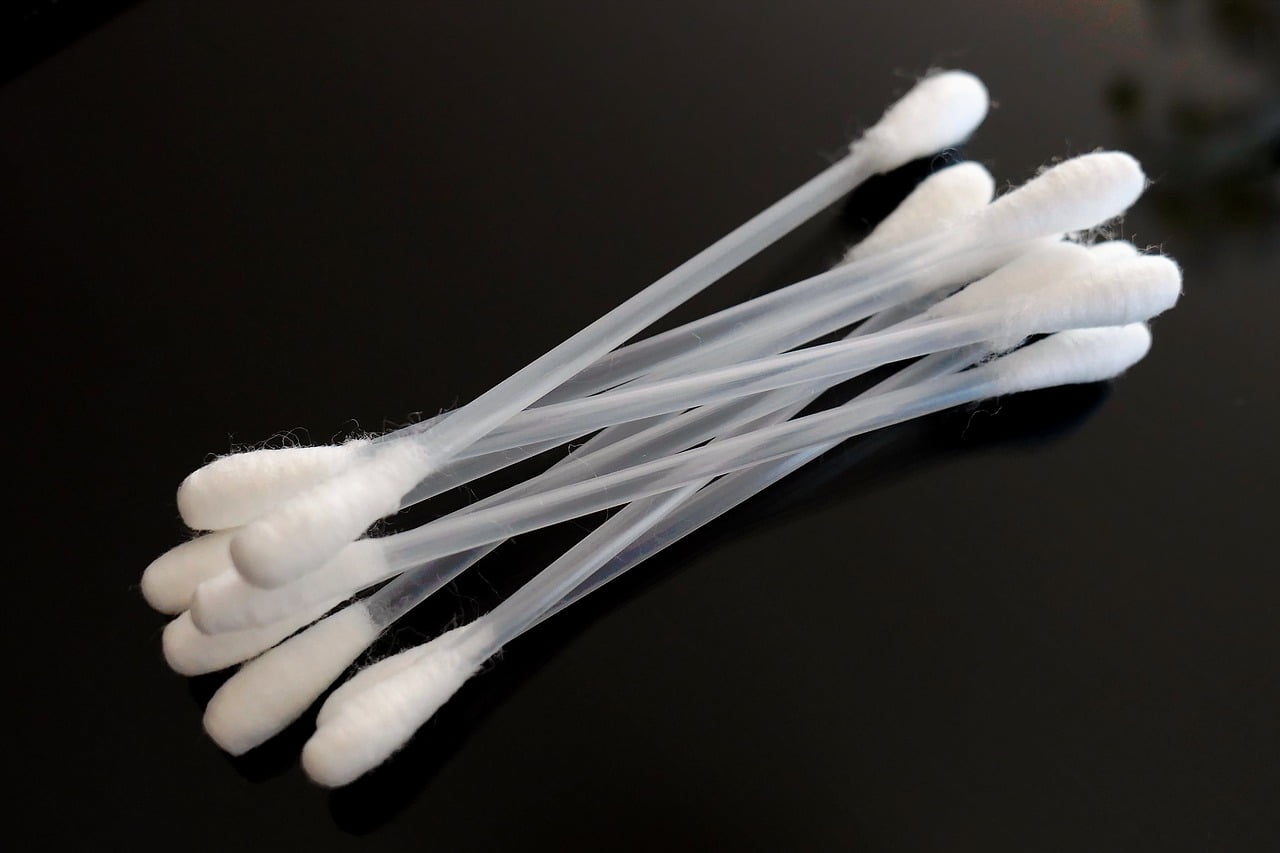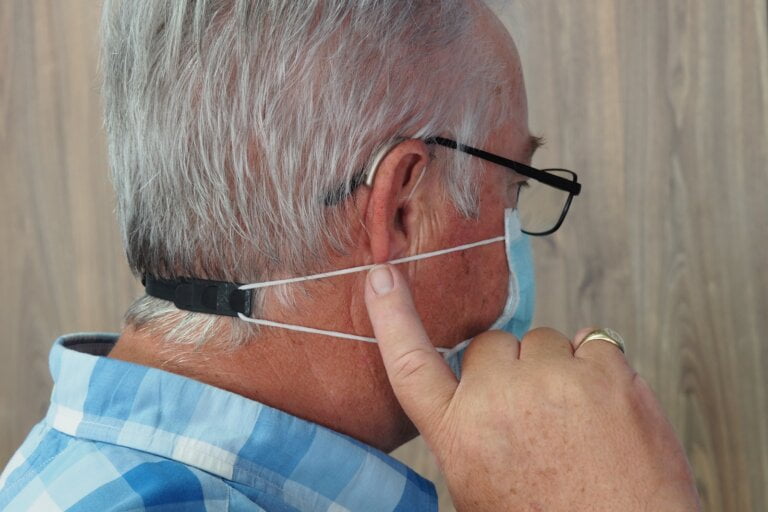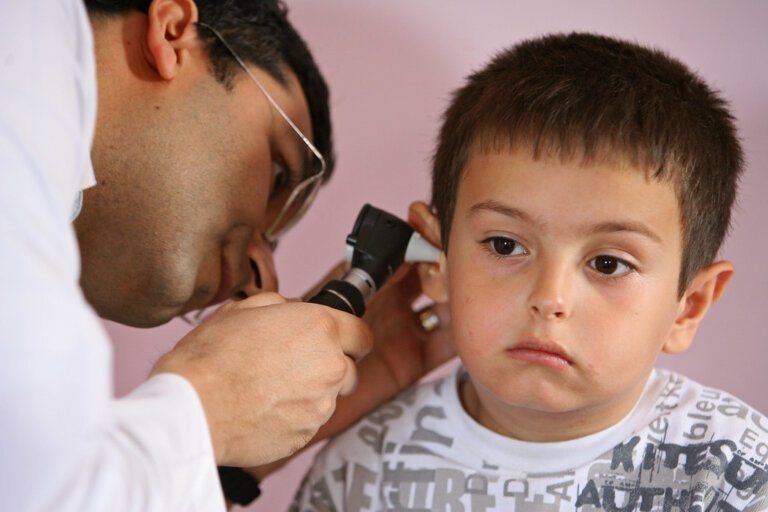Next-Gen Healing: Technological Advances in Microsuction
Last Updated on 3rd May 2024 by Admin
In recent years, the field of medical technology has witnessed remarkable advancements, revolutionizing various aspects of healthcare. One area that has particularly seen significant progress is microsuction, a procedure used for earwax removal and other ear-related treatments. With the advent of new technologies, microsuction has entered the next generation of healing, offering improved comfort, precision, and efficacy. In this article, we will explore the latest technological advances in microsuction and their impact on patient care.
Introduction to Microsuction
Microsuction is a minimally invasive procedure used to remove excessive earwax, debris, or foreign bodies from the ear canal. Traditionally, techniques like ear syringing or irrigation were employed for this purpose. However, these methods often had drawbacks and limitations, such as the potential for eardrum perforation, discomfort, and limited effectiveness.
Microsuction, on the other hand, involves the use of a binocular microscope and a suction device specifically designed for ear procedures. This specialized equipment allows healthcare professionals to visualize the ear canal in great detail and safely remove obstructions without causing harm.
Microsuction has gained popularity due to its effectiveness and safety compared to traditional methods. It offers a more precise and controlled approach, minimizing the risk of complications and discomfort for patients.
Technological Advances in Microsuction
1. High-Definition Imaging
One of the significant advancements in microsuction technology is the integration of high-definition imaging systems. These systems provide healthcare professionals with exceptionally clear and detailed visuals of the ear canal. By enhancing visualization, high-definition imaging enables better detection and diagnosis of ear conditions, ensuring a more targeted and precise approach to treatment.
High-definition imaging allows healthcare professionals to identify even the smallest abnormalities or obstructions in the ear canal. This level of detail helps in making accurate diagnoses and planning appropriate treatment strategies. The improved visualization also enables healthcare professionals to monitor the progress of the procedure and ensure that all obstructions are thoroughly removed.
2. Fiber-Optic Lighting
Another critical aspect of microsuction is proper illumination of the ear canal. Traditional methods relied on external light sources, often leading to challenges in maintaining consistent lighting conditions. However, with the introduction of fiber-optic lighting, microsuction procedures now benefit from direct and controlled illumination. This technology utilizes flexible, light-carrying fibers to deliver focused lighting directly into the ear canal, significantly improving visibility for healthcare professionals.
Fiber-optic lighting provides consistent and targeted illumination, enhancing the accuracy and precision of microsuction procedures. It ensures that healthcare professionals have a clear view of the ear canal, allowing them to identify and remove obstructions with ease. Moreover, the controlled lighting reduces the risk of accidental injury to the delicate structures of the ear.
3. Adjustable Suction Power
In the past, standardized suction power was utilized for all microsuction procedures. However, recent advancements have introduced adjustable suction devices that allow healthcare professionals to tailor the suction power according to patient needs. This flexibility ensures a more comfortable experience for patients while maintaining optimal efficiency in removing earwax and other obstructions.
Adjustable suction power enables healthcare professionals to customize the procedure based on individual patient requirements. Some patients may have a higher tolerance for suction, while others may require a gentler approach. By adjusting the suction power, healthcare professionals can provide a more personalized and comfortable treatment, minimizing any discomfort or pain experienced by the patient.
4. Improved Ergonomics
Traditionally, microsuction procedures were performed using bulky and sometimes cumbersome equipment. However, the introduction of ergonomically designed instruments has revolutionized the field. With improved ergonomics, healthcare professionals can now perform microsuction with better precision and reduced strain or fatigue. This not only benefits the professionals themselves but also contributes to improved patient outcomes.
Ergonomically designed instruments provide healthcare professionals with enhanced comfort and control during microsuction procedures. The ergonomic features allow for better maneuverability, reducing the risk of hand fatigue and improving overall procedure efficiency. This improved ergonomics ultimately translates into better outcomes for patients, as healthcare professionals can perform the procedure with greater accuracy and effectiveness.
5. Automated Safety Features
Patient safety is always a top priority in any medical procedure, and advancements in microsuction technology have further enhanced safety measures. Modern microsuction devices come equipped with automated safety features such as pressure sensors and real-time feedback systems. These features ensure that the procedure remains within safe parameters, preventing any potential harm to the patient’s ear canal or eardrum.
The inclusion of automated safety features in microsuction devices provides an added layer of protection for patients. Pressure sensors continuously monitor the suction pressure to prevent excessive force that could cause injury. Real-time feedback systems alert healthcare professionals if any parameters exceed safe limits, allowing for immediate intervention and prevention of potential complications.
6. Wireless Connectivity and Data Management
The integration of wireless connectivity and data management systems has transformed the way microsuction procedures are documented and monitored. With wireless connectivity, healthcare professionals can easily capture high-resolution images and videos of the procedure for reference or diagnostic purposes. Furthermore, data management systems allow for efficient storage and retrieval of patient records, facilitating seamless follow-up care.
Wireless connectivity enables healthcare professionals to capture and store visual documentation of microsuction procedures in a convenient and secure manner. This documentation serves as a valuable resource for future reference, allowing for accurate tracking of patient progress and comparison of treatment outcomes. The integration of data management systems streamlines the process of storing and retrieving patient records, ensuring efficient and organized follow-up care.
Benefits of Next-Gen Microsuction
The technological advances discussed above bring numerous benefits to both patients and healthcare professionals. Some of the key advantages include:
- Enhanced Safety: The incorporation of automated safety features ensures a much safer procedure, minimizing the risk of complications.
- Improved Precision: High-definition imaging and adjustable suction power allow for greater precision in identifying and removing obstructions from the ear canal.
- Reduced Discomfort: The ergonomic design of modern microsuction instruments, coupled with adjustable suction power, significantly reduces discomfort for patients during the procedure.
- Efficient Workflow: Wireless connectivity and data management systems streamline the documentation and management of patient records, enabling healthcare professionals to provide more efficient and effective care.
- Better Patient Experience: Next-gen microsuction offers a more patient-centric approach, resulting in improved overall experience, increased satisfaction, and better treatment outcomes.
Next-gen microsuction technology not only improves patient outcomes but also enhances the experience for healthcare professionals. The advancements discussed above enable healthcare professionals to perform procedures with greater accuracy, efficiency, and safety. The combination of enhanced safety measures, improved precision, reduced discomfort, efficient documentation, and better patient experience makes next-gen microsuction a significant advancement in the field of ear-related procedures.
Conclusion
The technological advances in microsuction have transformed the way ear-related conditions are treated, offering patients a safer, more precise, and comfortable experience. Through high-definition imaging, adjustable suction power, improved ergonomics, and automated safety features, next-gen microsuction has revolutionized the field of earwax removal and other ear-related procedures. With ongoing advancements, we can expect further innovations in microsuction technology, constantly pushing the boundaries of healing and patient care.
Frequently Asked Questions
1. What is microsuction?
Microsuction is a minimally invasive procedure used to remove excessive earwax, debris, or foreign bodies from the ear canal. It involves the use of a binocular microscope and a suction device specifically designed for ear procedures.
2. What are the technological advances in microsuction?
The technological advances in microsuction include high-definition imaging, fiber-optic lighting, adjustable suction power, improved ergonomics, automated safety features, and wireless connectivity with data management systems.
3. How do high-definition imaging and fiber-optic lighting improve microsuction procedures?
High-definition imaging provides exceptionally clear and detailed visuals of the ear canal, enabling better detection and diagnosis of ear conditions. Fiber-optic lighting delivers focused lighting directly into the ear canal, significantly improving visibility for healthcare professionals.
4. What are the benefits of next-gen microsuction?
The benefits of next-gen microsuction include enhanced safety, improved precision, reduced discomfort, efficient workflow, and a better patient experience. These advancements contribute to safer procedures, greater precision in identifying and removing obstructions, decreased patient discomfort, streamlined documentation and management of patient records, and improved overall treatment outcomes.







